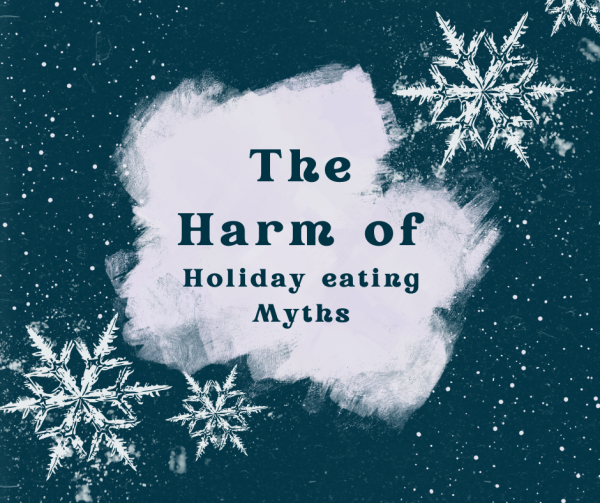All About Candy Canes
When one thinks of the flavors of Christmas, they think of cinnamon, cranberry, and gingerbread. But they also often think of perhaps the most famous Christmas flavor of them all–peppermint. Peppermint flavoring is a holiday staple and has popped up in everything from coffee to cupcakes, and most importantly, the world-renowned candy cane.
Creating the Candy Cane
While the exact origins of the hooked candy are unknown, there are many prevalent theories. One of them is the belief that they originated in 1670, when a choirmaster provided “sugar sticks” to his singers, bending them like the cane of a shepherd so that they would stay quiet during an event. While this particular theory might not have been the case, it is speculated that they did in fact originate in 17th century Europe–specifically Germany. This is due to the popularity of pulled sugar candies at the time.
As the popularity of the sweet treat grew, so did the number of companies involved in its production. Two of the most well-known brands are Brach’s and Spangler Candy. Both of these companies have been making the canes since the early 1900s and have continued the holiday tradition to this day.
There are numerous methods of making the candy, with many of them being quite similar. They are usually made from three simple ingredients: sugar, corn syrup, and peppermint extract. In factories, sugar and corn syrup are often mixed together into a giant slab, and then pulled, causing the candy to turn white. The white candy slab is then combined with a red one, and are rolled into one, giving the cane its signature stripes. Throughout those steps, peppermint extract is added to create a minty flavor. After another process of heating and being thinned out by machines, the candy is ready to be wrapped. Surprisingly, the treat is wrapped after a machine bends each candy cane to obtain its iconic curved shape, and not before.
Candy cane fanatics can also join in on the creation process themselves, with the abundance of homemade candy cane recipes circulating the internet. However, those who are not keen on cooking might find it easier to just pick up a batch at their local grocery store.
Crazy Candy Canes
Over the years, candy-making companies have experimented with ingredients to produce candy canes with flavors outside the realm of peppermint. There are some not so out-of-the-ordinary tastes, including flavors like grape and blue raspberry. Major brands have their own spin on the seasonal treat as well, including Kool-Aid and Starbursts. However, for the more adventurous, there are flavors ranging anywhere from ketchup candy canes to shitake mushroom. While questionable, these are just some of the many unique flavors, with more coming out each year. Two notable additions to this year’s candy cane roster include Twinkie and Girl Scout Thin Mint-flavored treats.
Fun Facts:
-Candy canes were only one color (white) until the 20th century
-National Candy Cane Day is celebrated on December 26th
-1.76 billion candy canes are made every year
Sources:
https://alwaysatreat.com/candy-moments/winter-holidays-central/candy-canes/
Your donation will support the student journalists of Dakota High School. Your contribution will allow us to purchase equipment and cover our annual website hosting costs.

Alyssa is so excited to start off her senior year writing for the Dakota Planet. As a first-time staff writer, she hopes her experiences writing for the...














Ms. Groppuso • Nov 21, 2022 at 9:38 am
I like the idea of Starburst and Kool-Aid flavors, but not so sure about Twinkie’s and Thin Mint. Thanks for the fun article.